We visited Sabah recently with our friends from Gaya Travel, as guests of the Malaysian Palm Oil Green Conservation Foundation (MPOGCF). Read on! This is not about Palm oil, it’s about the habitats of the animals that live there and what the Foundation is doing to positively assist Plantation operators struggling with Human-Elephant Conflict (HEC). While Palm oil products are a large export earner for Malaysia and an important job provider, there is growing realisation that the animals living there are a very important part of the picture. Eco-Tourism is also playing a part in spreading the word and providing additional jobs as the region opens up to visitors.
Eco-Tourism and Human Elephant Conflict
As you fly across Sabah from Kuala Lumpur to Tawau in the south east of the state, you will notice that the patterns of Oil Palm Estates become more noticeable as the crop is mainly grown in the eastern side of Sabah. This is also home to the endangered Bornean Pygmy Elephant (Elephas maximus borneensis) of which there are likely fewer than 1500 still living in the wild. The wild elephant issue is a major priority for the Foundation and we visited three locations where they are working with locals to manage these issues in ways that benefit both humans and wildlife. You can open the map below in a new page by clicking on the [ ].
Established in 2016 as Malaysian Palm Oil Wildlife Conservation Fund and since 2021 as MPOGCF, the Foundation is working with 20 organisations, government, non-government and private entities to support a variety of projects in reforestation, wildlife conservation and the community. The three projects we visited are in the area of wildlife conservation.
Brumas Wildlife Corridor Sabah Softwoods Berhad, Tawau
Sabah Softwood Berhad (SSB) plantations cover around 60,000 hectares, with half used to cultivate palm trees and 20,000 hectares allocated for the cultivation of trees for paper production. There are also two crude palm oil processing factories and a timber plant. Conflicts between humans and elephants started with crop raiding by the elephants in 2004, leading to the workers becoming fearful and threatened by the elephants.
Why did the animals raid the crops? SSB’s Sustainability Division Manager, Mohd Hafizzul Samutu shared with us the main reasons:
- Loss of habitat & feeding grounds
- Conversion and fragmentation of forests
- Low tolerance towards elephants, which were regarded as pests
- Abundance of foraging grounds in the plantation
As the damage was causing losses of around RM500,000 per year, it was necessary to find appropriate mitigation measures. Firing canon and digging ditches were not effective and after studies of elephant movement (through collar tagging) it was clear that the there were general routes the elephants used to move in the area. It was decided to free up an area joining two forest reserves, Mt Louisa and Ulu Kalumpang 12 years ago and it is this project the MPOCGF was looking at.


This wildlife corridor varies between 400 and 800 metres wide and includes ponds for the elephants to wallow as they move. We visited in the late afternoon just before sunset, which made it easier to see the variation between the plantation and the corridor vegetation.


Do you want to visit?
There is a campsite in the plantation included in eco-tourism plans being developed for camping grounds and other visiting options. Contact the Senior Manager of Eco Tourism in Sabah Softwoods, Puan Safiah by WhatsApp (+60128661174) for options and availability.
Sg. Pin Conservation Area
The site borders the Pin Supu Forest Reserve and Sungai Kinabatangan Valley Wildlife Sanctuary, making this an ideal location for the project, aptly named ConserveByU.
Charis Saliun, head of the Conservation and Biodiversity Unit (ConserveByU) Sawit Kinabalu briefed us on their projects before we headed out on the Kinabatangan River to visit their newly installed second orangutan bridge along the tributary, Sungai Pin. It’s a very simple (but obviously strong) construction of two connected ropes suspended between two trees, high above the river.

As we moved along the river, we could also see hornbill nesting boxes high in the trees. No hornbills though, the best time to see them is either early morning or later in the afternoon, before sunset.

Check out their Facebook post on our visit which shares part of our trip along the river. You can also follow them on YouTube.

Borneo Elephant Sanctuary
Our third stop was at the Borneo Elephant Sanctuary, a project of the Sabah Wildlife Department. The Sanctuary, on a 25-hectare site, is located in the Lower Kinabatangan Wildlife Sanctuary in Kinabatangan District, 2km from the main road connecting Sandakan and Lahad Datu. It has the capacity to support between 40-50 elephants.

The BES Programme is a dedicated sanctuary for endangered elephants, especially those injured or affected by human-elephant conflicts. BES is a hub for conservation efforts, supporting sick or vulnerable elephants, as well as centralising initiatives to connect habitats and manage the elephant population.

The project was set up in October 2012 and accepted their first resident Miss Rocco in September 2013. Miss Rocco, then 27 years old, still calls the sanctuary home as she has little prospect of returning to her tribe. They are currently caring for seven elephants, including two babies, yet to be integrated with the rest of the herd. As elephants form strong bonds within their family group, returning rehabilitated elephants to their tribe is complex as they may be rejected.

We met three dedicated elephant experts at the Sanctuary. They briefed us before we met the five adult elephants as they enjoyed a snack of fresh sugar cane.
- Sylvia Alsisto is the District Manager for Kinabatangan and Tongod at the Sabah Wildlife Department (SWD). She oversees the extensive area in Eastern Sabah, taking in the whole Kinabatangan area and is passionate about finding effective solutions in Human/wildlife conflicts.
- Jibius Dausip is regarded as something of an elephant “guru” in Sabah and has a reputation as an Elephant whisperer. Jubius is an assistant manager in Sabah Wildlife Rescue Unit (WRU) and you can find out more about the work of the Unit from their Facebook page.
- Danial Pamin is a conservation executive with MPOGCF. He holds an MSc in Conservation Biology from Institute for Tropical Biology and Conservation (ITBC) from UMSabah and oversees MPOGCF conservation projects and programmes in Sabah.

While the Sanctuary is not open to walk-in visitors, if you have a particular interest in visiting, you can contact them through the Sabah Wildlife Department.
The Sanctuary is supported by the Sabah Wildlife Department, with help from Sponsors like the Malaysian Palm Oil Green Conservation Foundation. However it is important that the sanctuary also finds sources of economic revenue to bring visitors to the area. This will also give local residents the opportunity to establish and manage their own businesses, bringing in increased income for the local community through accommodation and food sales with additional sources of income through guiding, homestays, boat service, sale of craft materials and bird’s nests.
This will result in increased pride in local culture and surroundings and help reduce human/elephant conflict.

Bilit Adventure Lodge – Eco-tourism accommodation
We stayed two nights at the Bilit Adventure Lodge, giving us the opportunity to cruise the river both morning and evening and do a jungle walk, where we were able to observe birds, from the tiny Blue Eared Kingfisher to the mighty Rhinoceros Hornbill.

We got up close but fortunately not too personal, with crocodiles both small and big. Monkeys there were aplenty, macaques, silver leaf langur (Trachypithecus cristatus) and the orange Proboscis monkey(Nasalis larvatus) with their impressive noses.
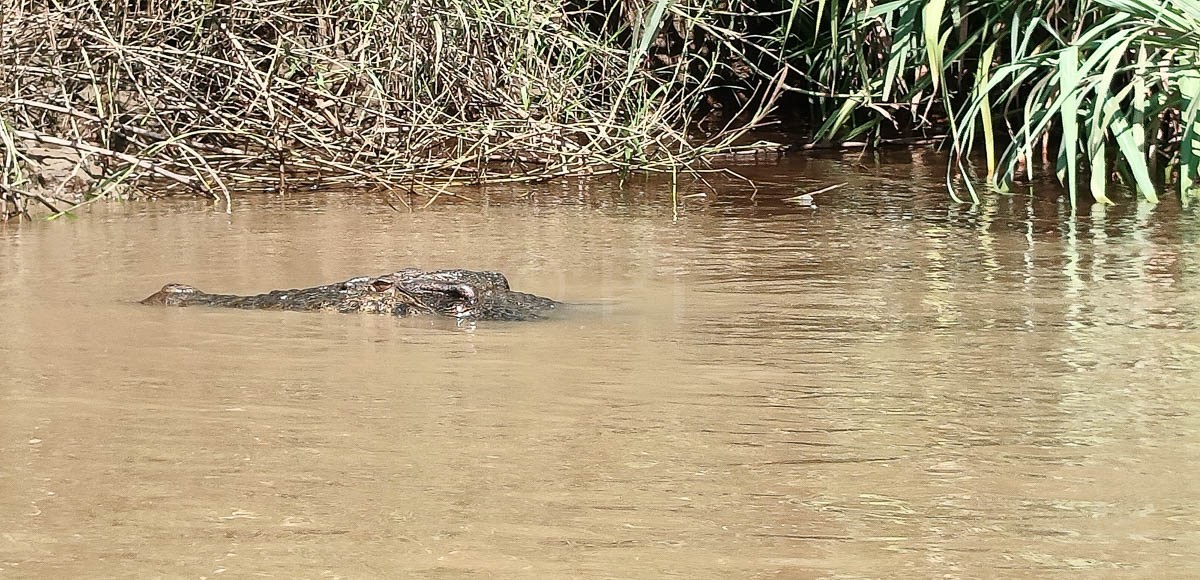
Watch for our YouTube video, which is on the way and also our story and video focusing on the Kinabatangan River stay.
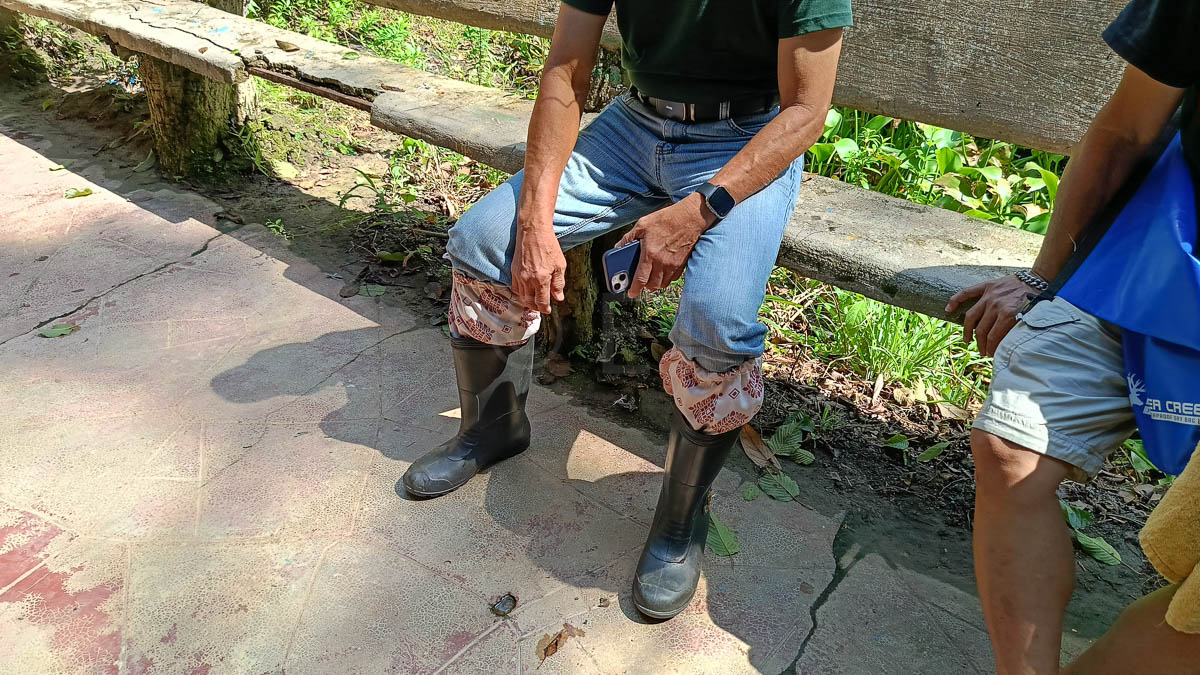
images: ©ET, slides: ©SSB, ©ConserveByU, ©BES
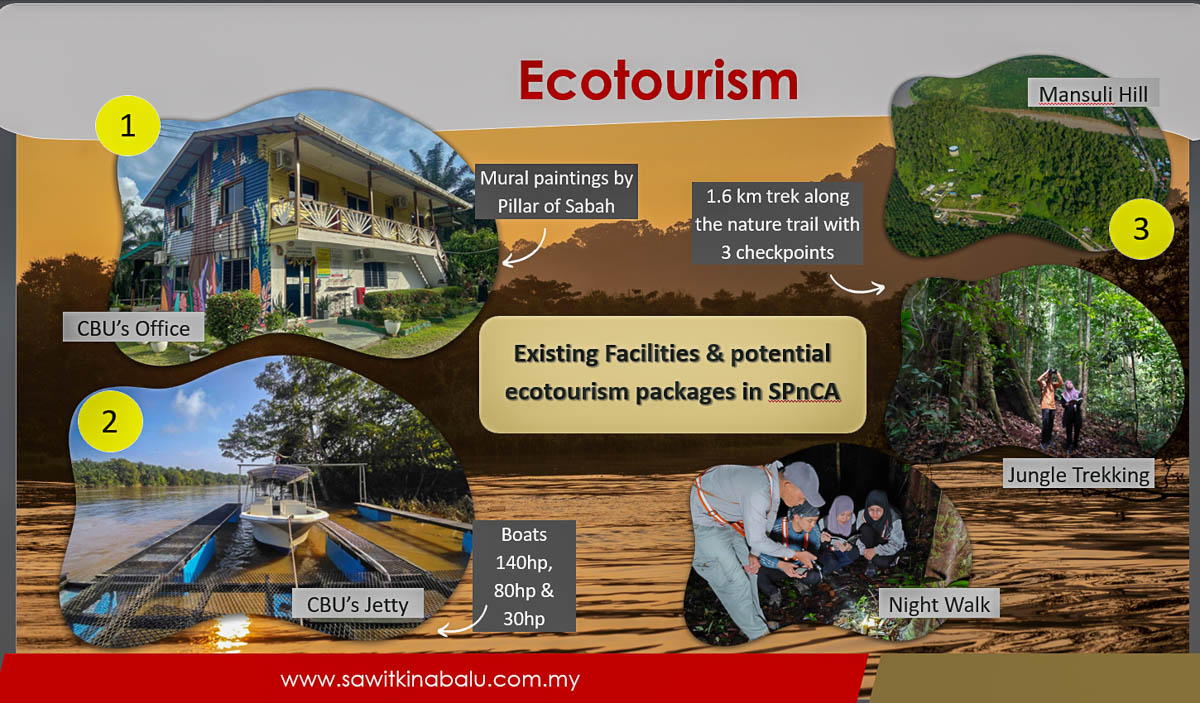





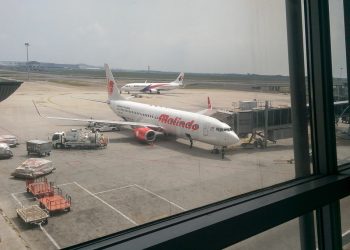
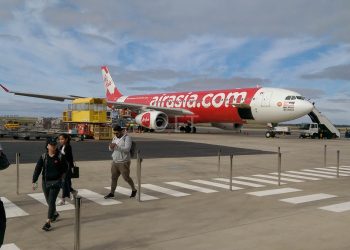
This Post Has 0 Comments